What is PAD?
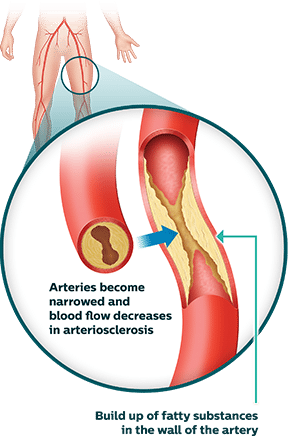
Peripheral artery disease (PAD) is a common condition in which fatty plaque builds up in the arteries. The plaque can harden and reduce the flow of blood typically affecting the legs, ankles and feet. Over time, the progressive disease can reduce quality of life and mobility. PAD can cause uncomfortable symptoms, such as:
Are your leg symptoms affecting your quality of life?
Take the Step by completing this questionnaire for your doctor.
Learn more about PAD
Watch Peripheral Arterial Disease, early detection and amputation prevention originally airing on medical T.V. series Access Health on Lifetime. Listen to patients and physicians on how minimally-invasive procedures can improve PAD symptoms, improve quality of life and prevent amputations.

Symptoms of PAD
Certain risk factors are associated with PAD, such as smoking, older age, and having certain diseases and conditions, such as diabetes, high blood pressure, history of stroke and coronary heart disease.4 While some patients with PAD experience mild to no symptoms, others may experience exercise pain (claudication), pulse changes, skin temperature changes, pain at rest and non-healing wounds. PAD symptoms include:5
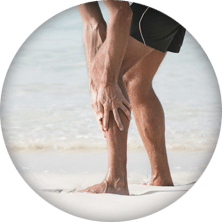
Claudication
Pain, aching, or heaviness in the leg muscles when walking or climbing stairs.
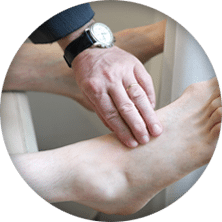
Pulse Change
A reduced or absent pulse in the ankle or foot.
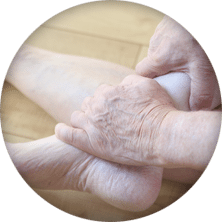
Temperature Changes
A lower skin temperature in one limb compared to the other. The skin may feel cool to the touch.
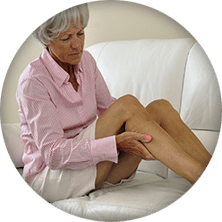
Pain at Rest
Experiencing pain without physical activity, such as during the night.
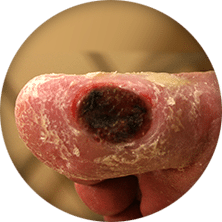
Non-Healing Wounds
Sores or wounds on the toes, feet, or legs that aren’t healing well.
Non-healing wound image courtesy of Dr. Raghu Kolluri.
Find a Doctor that Treats PAD
If you think you may have PAD, it is important to get help. Talk to your doctor, or use our Doctor Finder tool below to find a PAD specialist near you.
This tool is not inclusive of all specialists. Consult with your insurance provider to find specialists that are covered within your network.
Are You a Healthcare Professional?
Find out how to register your practice with us.
1. “What is Peripheral Arterial Disease?” National Institutes of Health. U.S. Department of Health and Human Services, June 22, 2016 2. Aquarius et al. “Poor health-related quality of life in patients with peripheral arterial disease: Type D personality and severity of peripheral arterial disease as independent predictors.” Journal of Vascular Surgery (September 2007Volume 46, Issue 3, Pages 507–512). 3. “Know the risk factors, signs, treatments, and ways to prevent P.A.D.” NIH Medline Plus. National Institutes of Health and Friends of the National Library of Medicine. Summer 2008 Issue: Volume 3 Number 3 Page 19 4. “Who Is at Risk for Peripheral Artery Disease?” National Institutes of Health. U.S. Department of Health and Human Services, June 22, 2016 5. “What Are the Signs and Symptoms of Peripheral Artery Disease?” National Institutes of Health. U.S. Department of Health and Human Services, June 22, 2016 6. “How Is Peripheral Artery Disease Diagnosed?” National Institutes of Health. U.S. Department of Health and Human Services, June 22, 2016 7. “How Is Peripheral Artery Disease Treated?” National Institutes of Health. U.S. Department of Health and Human Services, June 22, 2016
Disclaimer
The opinions and clinical experiences presented herein are for informational purposes only. Individual results may vary depending on a variety of patient-specific attributes and related factors. Dr. Raghu Kolluri has been compensated by Philips for his services in preparing and providing this material for Philips further use and distribution. We offer links to third-party websites that may be of interest to our website visitors and in no way, represent any affiliation or endorsement of the information provided on those linked websites. These links are provided solely for your convenience and to assist you in learning more information on this topic. However, Philips does not control, endorse or guarantee the accuracy of the information contained on the linked sites. In addition, Philips makes no representations or warranties of any kind with regards to any third-party websites or information contained therein. If you have any questions or concerns about the information on the linked third-party websites, please contact the third-party websites directly.
